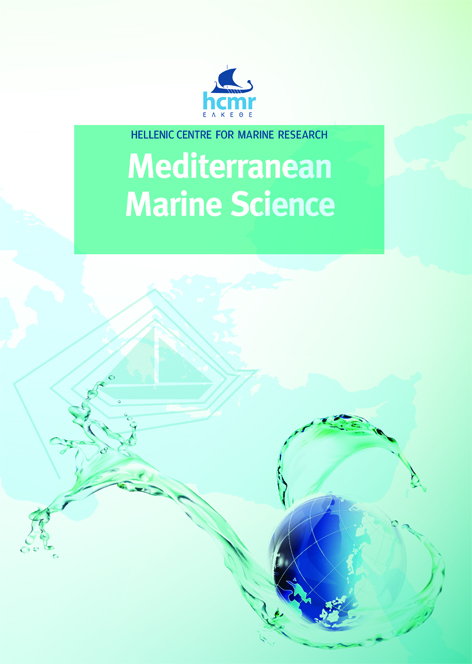A comparative study on the abundance and elemental composition of POM in three interconnected basins: the Black, the Marmara and the Mediterranean Seas
Abstract
Comparison of C:N:P ratios of seston reveals that atmospheric and land-based phosphorus input influences the C:P and N:P ratios in the near-shore waters. Apparent nutrient deficiencies observed in the water column were not as remarkable in the elemental composition of seston. Unexpectedly, in the NE Mediterranean, N:P ratios from regression analyses of particulate data are very low (7-9) in the coastal region but slightly increase to levels of 10-15 in the open sea. In the Sea of Marmara, the N:P ratios (7-12) of seston are as low as in the Mediterranean, being consistent with the particulate ratios of the Black Sea inflow and NO3:PO4 ratios of the Marmara sub-halocline water. The Black Sea seston is relatively rich in carbonaceous compounds with N:P ratio ranging merely between 15-17 in the open sea but 9-27 in coastal waters where riverine discharges markedly influence the stoichiometry of seston.
Article Details
- How to Cite
-
COBAN-YILDIZ, Y., TUGRUL, S., EDIGER, D., YILMAZ, A., & POLAT, C. (2000). A comparative study on the abundance and elemental composition of POM in three interconnected basins: the Black, the Marmara and the Mediterranean Seas. Mediterranean Marine Science, 1(1), 51–64. https://doi.org/10.12681/mms.5
- Issue
- Vol. 1 No. 1 (2000)
- Section
- Research Article
Authors who publish with this journal agree to the following terms:
- Authors retain copyright and grant the journal right of first publication with the work simultaneously licensed under a Creative Commons Attribution Non-Commercial License that allows others to share the work with an acknowledgement of the work's authorship and initial publication in this journal.
- Authors are able to enter into separate, additional contractual arrangements for the non-exclusive distribution of the journal's published version of the work (e.g. post it to an institutional repository or publish it in a book), with an acknowledgement of its initial publication in this journal.
- Authors are permitted and encouraged to post their work online (preferably in institutional repositories or on their website) prior to and during the submission process, as it can lead to productive exchanges, as well as earlier and greater citation of published work (See The Effect of Open Access).






